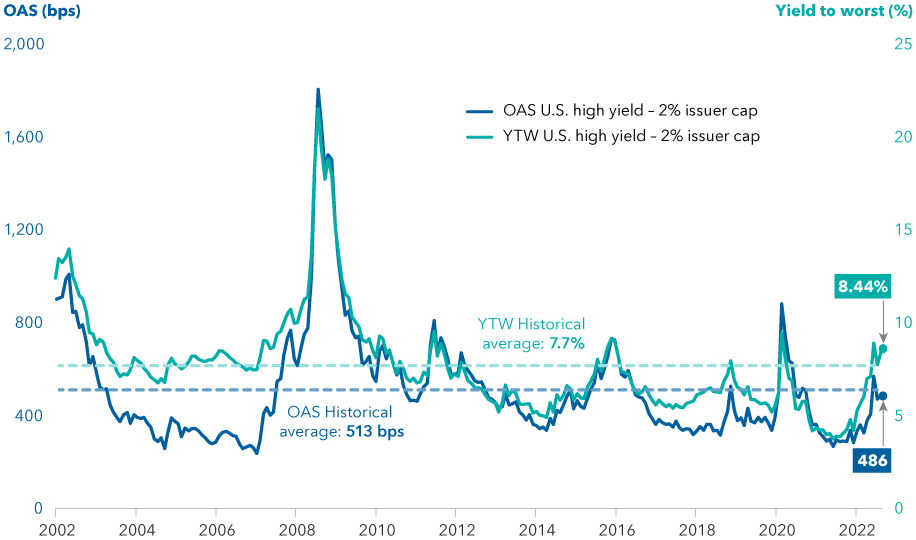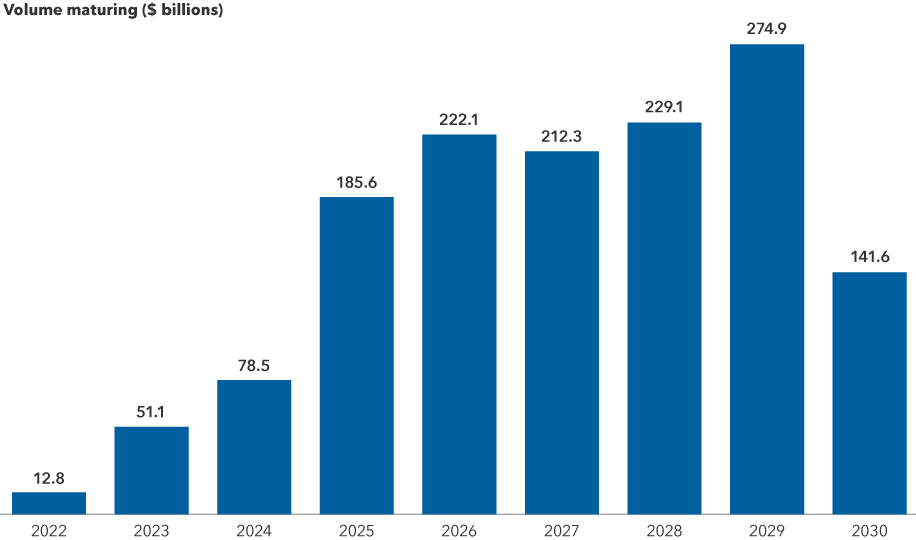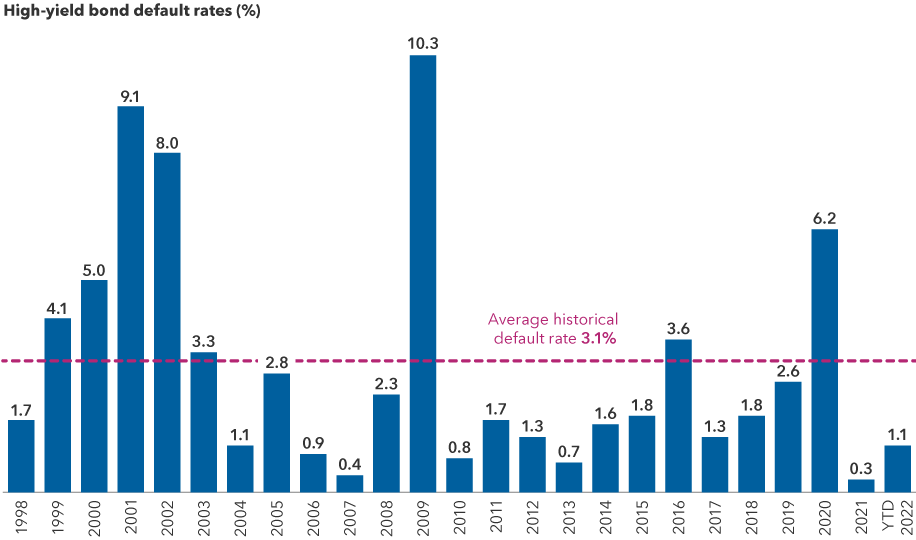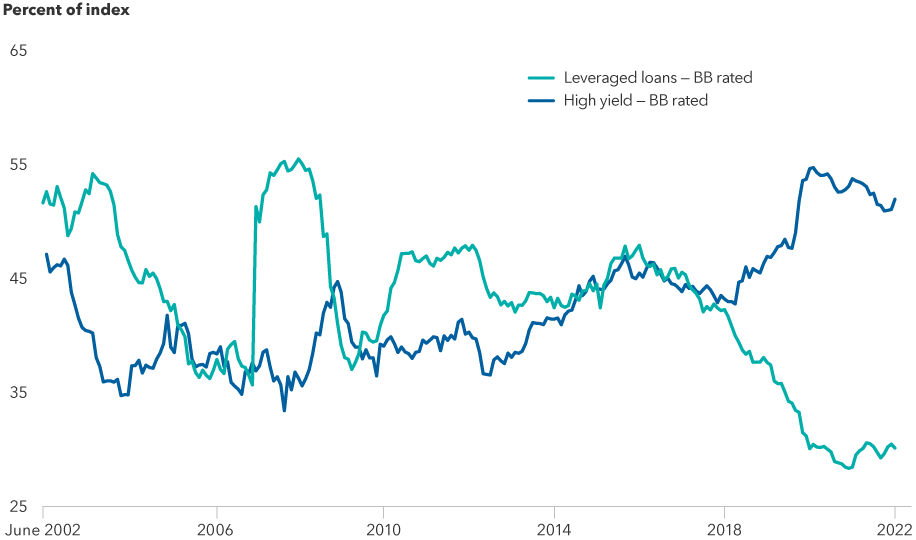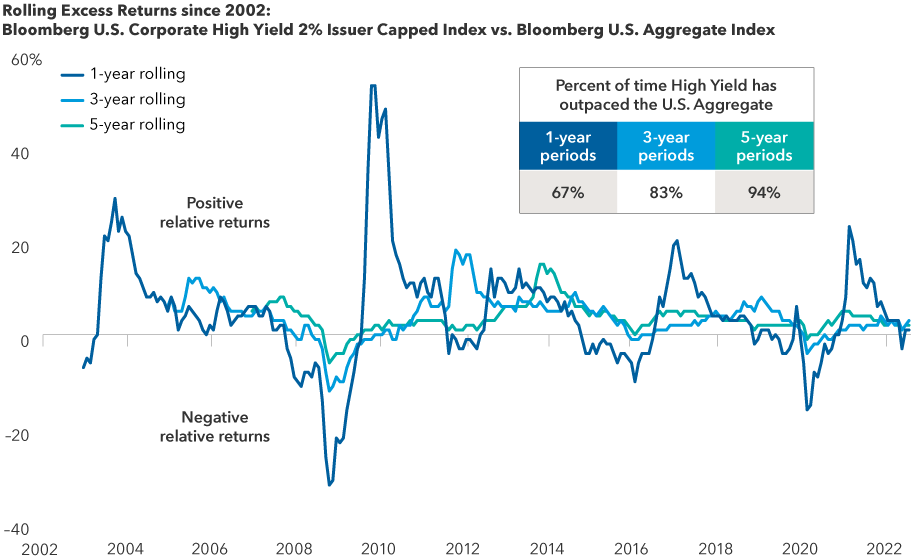High yield is finally deserving of its name again. The high-single-digit yields that the sector is offering are renewing investor interest in this asset class, even as the specter of a recession raises some concerns. We do not believe in timing this market.
History shows that when yields rise to the high-single-digit range, they tend not to stay that elevated for very long, as the discounted price and higher yields tend to draw in a broader cross section of investors. The carry (interest earned) that the high coupon provides also helps mitigate the risk of return volatility.
High-yield investors also benefit from cash flows arising from calls and tenders. This creates an ability to redeploy that cash in opportunities at potentially higher yields.
We discuss here five factors that make the case for investing in high yield and how we are approaching this market in a period of economic uncertainty, as well as when macro factors are having a large influence on markets.
There is no doubt that we are in an uncertain economic environment. We could also be in a recession that is in large part the result of the U.S. Federal Reserve’s aggressive stance on fighting inflation. As expected, the Fed raised interest rates by 75 basis points at its September meeting. But how soft or shallow will the recession be?
If the Fed’s actions are not successful in bringing down inflation, or if they push the economy into a longer, deeper recession, the high-yield market — and credit and risk assets more broadly — could face a bumpy ride.
One could argue that the negative scenario is reflected in prices already, given that returns for most areas of fixed income were in the negative high single digits through the end of August this year. On the other hand, if the Fed manages a “softer landing,” high-yield bonds could rally. Thus, it may make sense for investors to consider building exposure to high yield. We believe several areas of the market could be resilient. In this environment, our focus is on quality: For example, one of our largest high-yield portfolios is invested 34% in bonds rated BB and 40% in bonds rated B.


